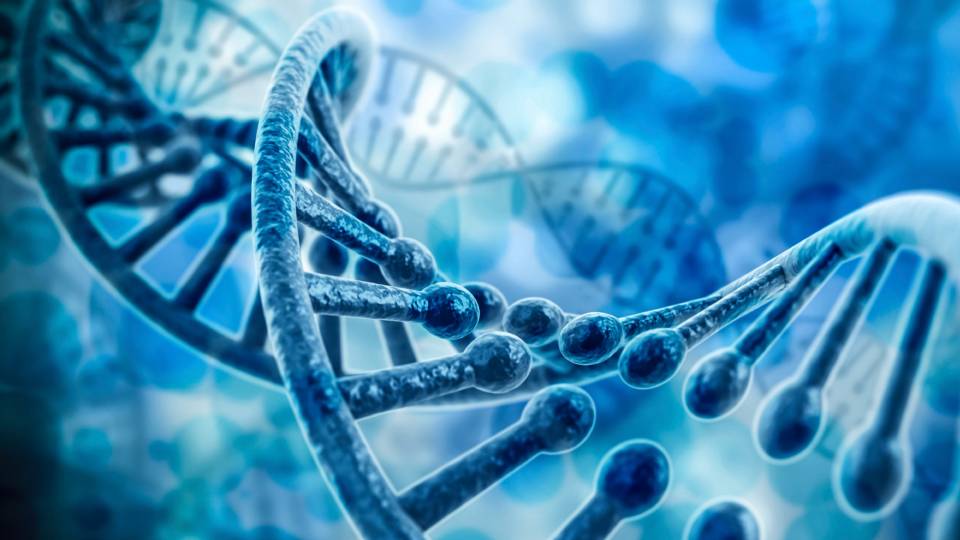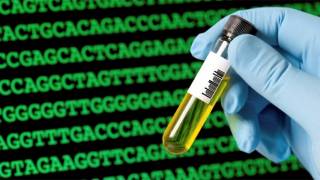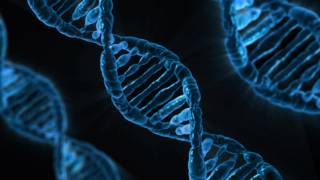Gene Editing Reveals New Insights About Early Human Development
British scientists have used a genome editing tool known as CRISPR/Cas9 to knock out a gene in embryos just a few days old, testing the technique's ability to decipher key gene functions in early human development.
The researchers said their experiments, using a technology that is the subject of fierce international debate because of fears that it could be used to create babies to order, will deepen understanding of the biology of early human development.
CRISPR/Cas9 can enable scientists to find and modify or replace genetic defects. Many describe it as game-changing.
"One way to find out what a gene does in the developing embryo is to see what happens when it isn't working," said Kathy Niakan, a stem cell scientists who led the research at Britain's Francis Crick Institute.
"Now we have demonstrated an efficient way of doing this, we hope that other scientists will use it to find out the roles of other genes."
She said her hope was for scientists to decipher the roles of all the key genes embryos need to develop successfully. This could then improve IVF treatments for infertile couples and also help doctors understand why so many pregnancies fail.
"It may take many years to achieve such an understanding, our study is just the first step," Niakan said.
Niakan's team decided to use it to stop a key gene from producing a protein called OCT4, which normally becomes active in the first few days of human embryo development.
They spent more than a year optimizing their various techniques using mouse embryos and human embryonic stem cells in lab dishes, before starting work on human embryos.
To inactivate OCT4, they used CRISPR/Cas9 to change the DNA of 41 human embryos. After seven days, embryo development was stopped and the embryos were analyzed.
After an egg is fertilized, it divides until at about seven days it forms a ball of around 200 cells called a blastocyst, Niakan explained in a briefing about her work.
Her results, published in the journal Nature on Wednesday, found that human embryos need OCT4 to form a blastocyst. Without it, the blastocyst cannot form or develop normally.
The British team's work comes on the heels of milestone science in the United States, where scientists said in July they had succeeded in altering the genes of a human embryo to correct a disease-causing mutation.
Rob Buckle, chief science officer at Britain's Medical Research Council, praised Niakan's research and findings:
"Genome editing technologies - particularly CRISPR-Cas9 used in this study - are having a game-changing effect on our ability to understand the function of critical human genes," he said.






















